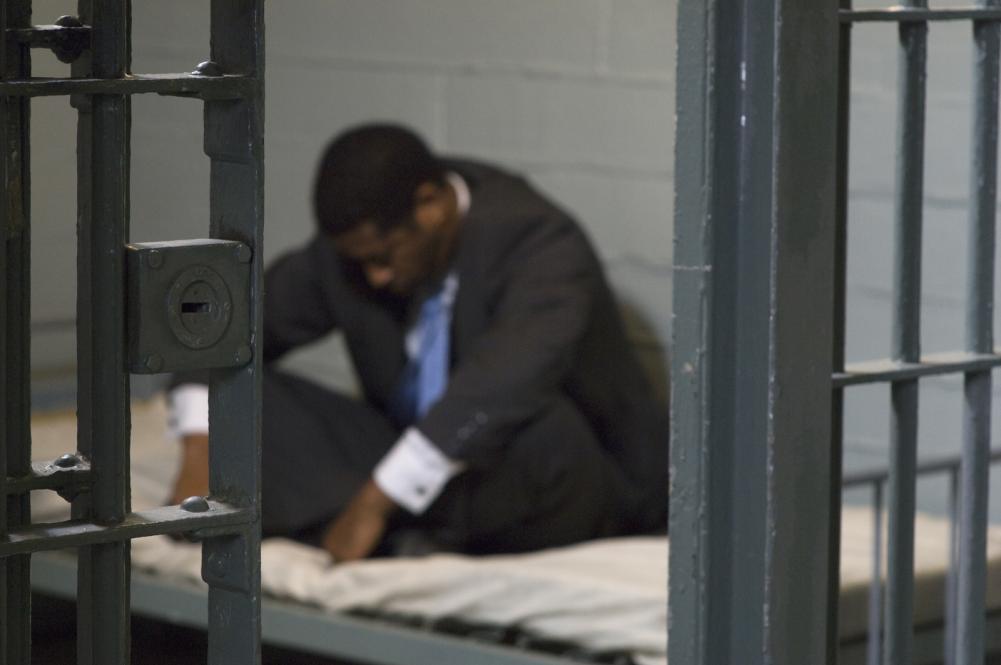With treatment costs often out of range for private individuals without insurance, many corrections facilities are taking an innovative approach to tackling substances abuse within prison walls and beyond. If there are no beds available for treating addicts, is it possible for opiate users to stay clean when they get out of prison? And if they can get clean, can they stay clean? These are the two earnest questions being raised by addiction professionals as more states look to prison-based treatment solutions for drug addicts, especially those addicted to opiates. Naltrexone, the only drug approved by the FDA that isn’t an opioid derivative itself, is proving to be one part of the solution corrections officials are now relying on.
Naltrexone, known by the brand name Vivitrol is one option that is being eyed by public health officials eager to break the opiate addiction cycle in the prison system, where illicit drugs seem to be available no matter how high-security the system.
The National Center on Addiction and Substance Abuse says that 65% of the U.S. prison population in 2010 met the medical criteria for drug or alcohol addiction, but fewer than 11% ever received any treatment or counseling. While many facilities allow NA or AA meetings to take place within their walls, they are usually only led by a few addicts from the outside, largely leaving inmates to their own devices on a daily basis.
Inmates who enter federal treatment facilities now often rely on Vivitrol to get clean, and revieve minimal addiction counseling while incarcerated. The federal government likes the drug because it is touted as the first and only non-addictive medication that addicts only have to take once a month. They say that when combined with counseling, studies have proven they can prevent relapse to opioid dependence after detox.
Vivitrol works blocks opioid receptors in the brain, but this only makes drug use less likely if they are in counseling. Inmates who have opioid addiction are 12 times more likely to overdose in the first two weeks upon their release when their addiction goes untreated, but there are currently no studies proving that Vivitrol helps them stay clean in the long-term. Vivitrol also works to help reduce self-harm as well as curb alcohol cravings, but even for these behaviors, it’s not a cure-all. Counseling or treatment is always recommended in the long-term, and the drug is not meant as a substitute for drugs such as Suboxone. In most cases, the doctors at a facilty
The National Governors Association has launched more pilot programs with the drug in not only prisons but also jails across the US. They say more prisons have become open to using medication-assisted treatments to help those experiencing detox within prison walls. Participants will learn about the important role of residential treatment programs and naltrexone injection correctional programs ni helping prevent drug recividism. Corrections will have the support of meetings, conference calls and webinars and the NGA will provide technical assistance to the governors’ staff. The hope is to change the correctional approach to addiction andand how they work with providers in communities. Participating states will need to develop and execute six-month “action plans” for expanding access to opioid treatment in order to participate in the programs.



Leave A Comment
You must be logged in to post a comment.